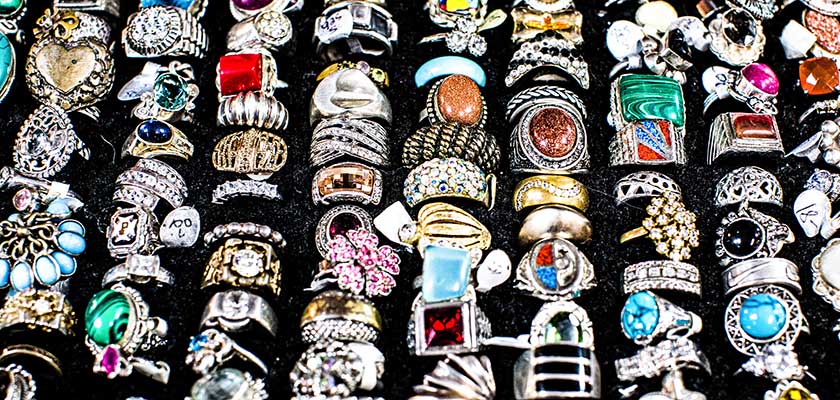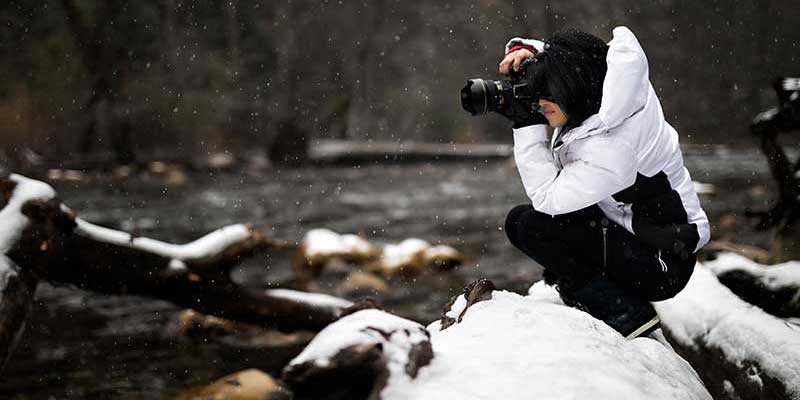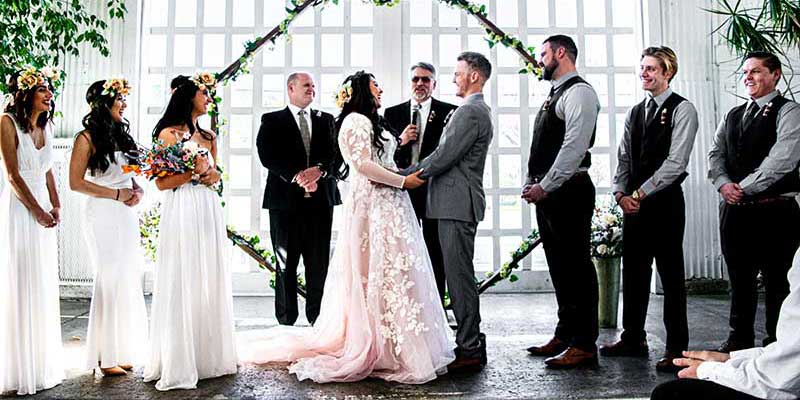Do you know that an accurate picture of your jewelry product photography is the key to attracting and retaining customers? Most customers are interested in learning about your product details. They can use as the basis of whether buy or not.
It is therefore very accurate to say that avoiding the common mistakes that snares many jewelry product photographers can drastically increase your site sales. As well as retaining the loyal customers who can even speak of your site to their friends.
Why is high quality jewelry product photography the key to your site growth? Details mean a lot whenever dealing with jewelry products. Remember, high quality and beautiful photos will always showcase your product information. It is very crucial for any professional, reputable, and a consistent jewelry site.
The good news is that with adequate and proper planning, you can easily overcome these challenges. And become an unbeatable hero in the industry.
Why is it challenging to be a jewelry product photographer?
Although you can perfect your jewelry product photography skills through the trial and error method. But, this method of learning isn’t that effective and may take some time before mastering the dos’ and the don’ts’ in photography.
However, leaning from an experienced jewelry product photographer is one of the most efficient and faster way of learning exceptional shooting skills at any given time. Note that the real challenge in jewelry product photography is, however, the fact that jewelry products are relatively smaller, quite reflective, and overall difficult to stage for a high quality shooting.
What are the common mistakes to avoid as a professional jewelry product photographer?
Below are some of the common mistakes that you should strive to avoid by all means. As long as you are aim is to make high quality photographs of your jewelry products.
Dirty and unprepared products.
Ensure to clean your jewelry items any time they are touched or use a grove. Although it may sound very reasonable, but the fact remains that jewelry products should remain polished and clean at any given time. Note proper lighting, and the resolution of the DSLR camera that you use determines the quality of the details captured.
For instance, the actual image is likely to be magnified so that the final image is several times larger than the real picture. It means that the final image will expose even the minute details that a naked eye can’t capture. Any way to save much of your time and re-shoots, wearing cotton gloves when touching them as well as regular wiping of your jewelry is equally important.
Unreliable shooting practices.
Note that even small changes that you may consider negligible can result in some trembling consequences. Setting a plan is recommended since it can act as a guide for your jewelry product photography and ensure to stick to them. Remember, consistency is an essential aspect of mastering quality product photography.
Moreover, jumping from one product to another as or shot to another will distract your customer focus. Ensure to document everything that has material information such as the background, camera setting, lighting as well as the shooting equipment position. Practice a consistent shooting practice for several days until your pictures can’t review any noticeable variations.
Complex background.
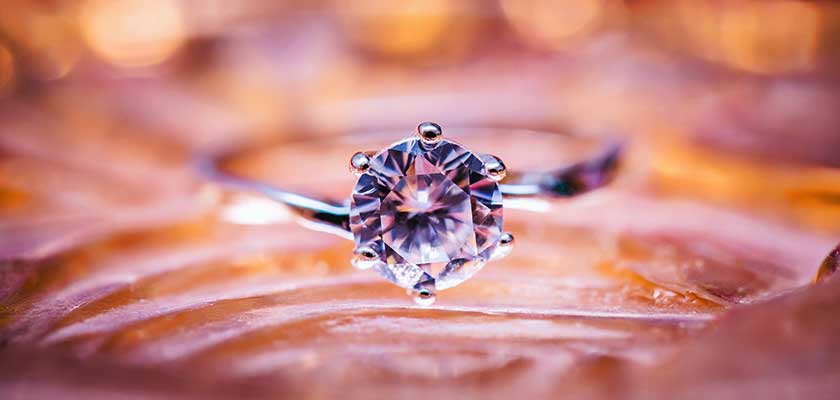
Choosing a complex image background is one of the most recurrent mistakes made by some inexperienced jewelry retailers. Although a white background is the best background, it is easily overlooked by those who consider it less effective in branding their products. So they chose to use active and colorful backgrounds, which is a big mistake. As a professional jewelry product photographer, refrain from adding any off-putting elements as the background.
Major jewelry retailers and wholesalers recommend using a neutral or white background. For instance, eBay and Amazon recommend a light gray or a plain white background. Since such backgrounds enable the customer to keep the focus on the jewelry rather than the colorful background.
Although, a black background can also serve the same purpose as a white background, the only challenge with a black background is marketplace acceptency. Beacuse, some market places do not accept the black background.
One advantage of a white background is that it is relatively easy and cheap to create as you as easily editable. A white background is attainable by using a seamless white paper or creating a light box. Remember, there are various free photo editing software available online. You can use to fix a background with blemishes.
Many Reflections.
Remember, your objective is to have your customers view your jewelry image without puzzling. Whether the reflections are from the photographer’s error or some flaws on the stone. Reflections have a significant potential for ruining your product image. For instance, the presence of reflective metals such as gemstones results in a technical challenge. Specially, when it comes to jewelry product photography.
Generally speaking, it is quite challenging to capture clear photos of highly reflective objects without capturing a few unwanted reflections. However, there are a few guidelines that can help you while photographing reflective products. A double overhead light is one of the techniques. You can use this techniques, especially when shooting jewelry products with metallic parts to minimize reflections.
How to use the double overheat lighting technique for high quality jewelry product photography?
Place the product on a solid surface such a block or a table. Carefully place a single studio light on any side and keenly diffuse the light using an umbrella. Hang a seamless white paper both underneath and behind the product and then carefully attach that paper on the bottom of the camera lens.
It serves as a guard to block off any unwanted reflections arising from the foreground as well as reflecting most light to the white paper.
An accurate setup will prevent any unwanted bright spots on the image of your product. Fix your camera actively on its tripod such that it can shoot while slightly below the product position.
You can then set up the lights on both sides of your product using the diffusing umbrellas. Ensure the light is correctly inclined down to the product, and it has equal power from both sides.
Poor focus.
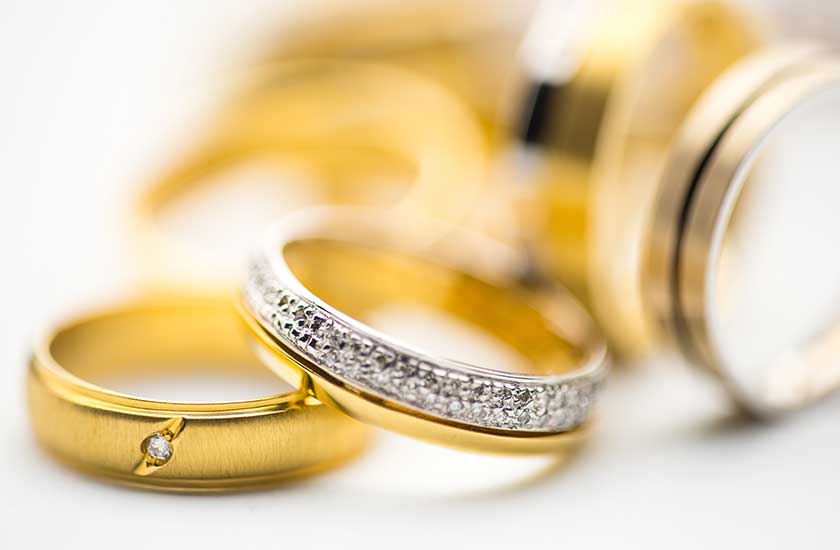
Avoid taking the low aperture shots that only focuses on one side of your product. Note a full focus, and high aperture photography will result in the creation of sharp images that your customers can rely on and trust when making their purchasing decision.
Remember, every detail is critical to the customer, so give them a high quality photo that has an aperture focal length setting of f/12 or above and a lower ISO.
Unstable images.
Regardless of the lighting setup you use, hand holding a smartphone or a camera will result in in-camera vibration, or you end up using the right focal length, which in either case will result in undesirable situations. You can avoid this mess up in your jewelry product photography by using the camera or smartphone tripods.
Most of these tripods are effective and cheap and enhance your image uniformity and quality. You can fix your tripod or merely making a spot where you get the most accurate images for future reference.
Limited images.
One thing for sure that can disappoint a customer is clicking on a particular category of products only to find a few images when they wanted as many pictures as possible to help them grasp every detail of the product. For instance, the customer can like an overhead shot of your product, but they want clarification about the necklace side engraving details so as they can purchase it.
Indeed it is worth showcasing every aspect of your product to your customers, and this will result in customer trust your products. Indeed, more images can equate to more sales, so ensure to capture and many photos at various angles of your products as possible.
You have mistaken white balance.
An erroneous white balance can result in weak or wrong image color. For instance, a blue image may appear gold due to the wrong white balance. Remember, vision is very ambiguous, and this calls for an accurate setting of your white balance, which ensures accurate capturing of your jewelry colors. You can control it manually on your camera, alternatively use the automatic mode of your camera, but provide a thorough checkup of the results.

A bad Photoshop.
A low quality Photoshop work for sure can quickly tarnish your product’s image reputation, which would result in killing your sales drastically. A shoddy Photoshop work can destroy the appearance of an original necklace brand to look like a fake one, and this can kill the customer’s trust.
Remember, you need to invest your precious time to sharpen your Photoshop skills s using software such as the Light room or Adobe; alternatively, you can hire a professional in the industry. Ensure to create templates that can set right margins, reliably crop as well as aligning the image of your jewelry product photography. If you aren’t a skilled expert in brushing images, it is better to hire people with the relevant skills rather than doing a shoddy job.
Apply your shooting skills.
With the above tips on how to make high quality jewelry product photography, you can start your shooting. Remember to sidestep the above common mistakes so that you can be sure of creating amazing jewelry photography in 2020.


